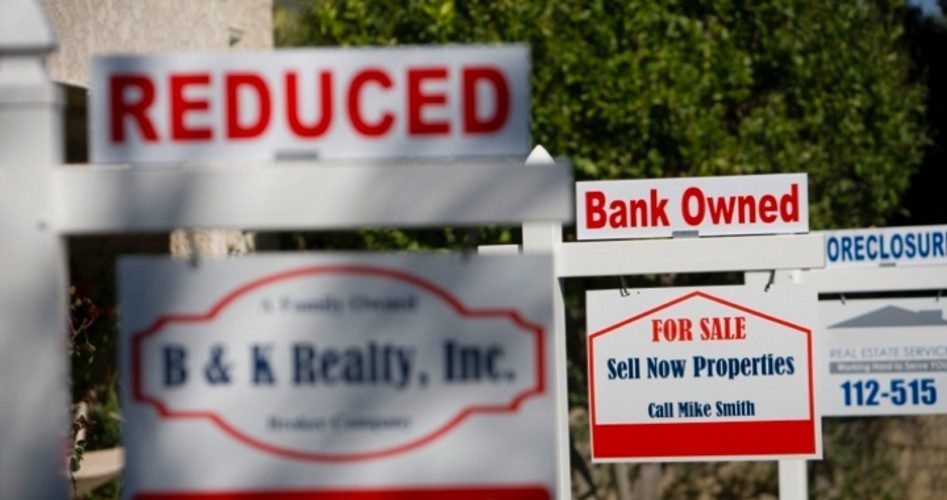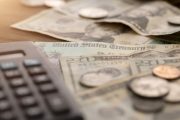
Buried in Federal Reserve Chairman Janet Yellen’s comments to senators last Thursday were three revealing statements.
First: “There is always some chance of recession in any year. But the evidence [at the moment] suggests that expansions don’t die of old age.” Translation: Recessions result from inherent weaknesses in the system.
Second, she admitted that “financial conditions in the United States have recently become less supportive of growth.” Translation: The probability of a recession is increasing.
Finally, she warned: “While there is always some risk of a recession … I think we want to be careful not to jump to a premature conclusion about what is in store for the U.S. economy.” Translation: We really don’t know where we’re headed, but we’re keeping an eye out.
Various media have come to their own conclusions. On Friday U.S. News & World Report asked rhetorically, “Is the Economy About to Collapse?” which it then answered affirmatively by quoting various experts such as Brad McMillan, the chief investment officer at Commonwealth Financial Network (CFN). CFN advises 1,600 financial advisors who manage approximately $100 billion in client assets — real money in the real world. McMillan said that recent massive volatility in the markets since the first of the year is clearly a warning signal: “This type of movement is characteristic of markets that have lost confidence.”
Bank of America (BofA) offered its own assessment, predicting the chances of the United States going into a recession in the next 12 months at about 25 percent, or one chance in four. But BofA’s assessment of one of its tea leaves is tentative. The once-reliable “yield curve” indicator of a recession no longer works, thanks to the Fed’s manipulation of interest rates. But its “recession probability indicator” based on stock market behavior is signaling a 48 percent chance of a recession — one chance in two.
Chartered Financial Analyst (CFA) Adam Hayes, in looking over all the potential headwinds facing the stock market and the country’s economy, has concluded that “the expansion cannot continue forever, fueled only by cheap money and central bank support. Ultimately, the underlying fundamentals of an economy must catch up with the stimulus to create real growth.”
But the economy isn’t catching up. It’s slowing down. Key indicators have been heading south, including the Baltic Dry Index (BDI) which continues to set new lows not seen since the BDI began tracking sea shipments of goods back in 1985. Peaking at 1,202 in August, 2015, it hit 290 at last Friday’s close, a 75 percent drop.
Another key indicator is the Shanghai Composite Index, an indirect measure of economic activity in China, the world’s second largest economy. It touched a high of 5,178 last June and closed last Friday at 2,746, a decline of 47 percent.
Hayes illumined six reasons for these declines, elaborating on each of them:
• “The European situation has gotten worse.”
• “The Chinese bubble has begun to pop.”
• “A debt problem growing in student loans.” (Hayes notes that “the government is on the hook for over $1.2 trillion in outstanding student loans.”)
• “The unemployment picture is not as rosy as it seems.”
• “Central banks have little room to work with.”
• “Economic data shows patterns similar to right before the last recession.”
Perhaps the most useful outlook is that expressed by Indra Nooyi, the chairman and CEO of PepsiCo, the second largest food and beverage business in the world and the largest in North America:
Over my several decades in business I have never seen this combination of sustained headwinds across most economies, combined with high volatility across global financial markets.
Writing at The Ron Paul Institute for Peace and Prosperity, former Congressman Ron Paul accurately put his finger on the problem. It’s not the economy; it’s the system that continues to manipulate it:
Production today is barely above 2007 levels, while heavily-indebted households hurt during the [last] financial crisis don’t want to keep spending. The bad debts and mal-investments from the last Federal Reserve-induced boom were never liquidated; they were merely papered over with more easy money.
The underlying economic fundamentals remain weak but the monetary cranks who run the Fed keep trying to pump more and more money into the system. They fail to realize that easy money is the cause, not the cure, of recessions and depressions. They didn’t realize that prices needed to drop in order to clear all the bad debt and mal-investments out of the system.
Because they don’t realize that, we are on the verge of yet another financial crisis.
A graduate of an Ivy League school and a former investment advisor, Bob is a regular contributor to The New American magazine and blogs frequently at LightFromTheRight.com, primarily on economics and politics. He can be reached at [email protected].



